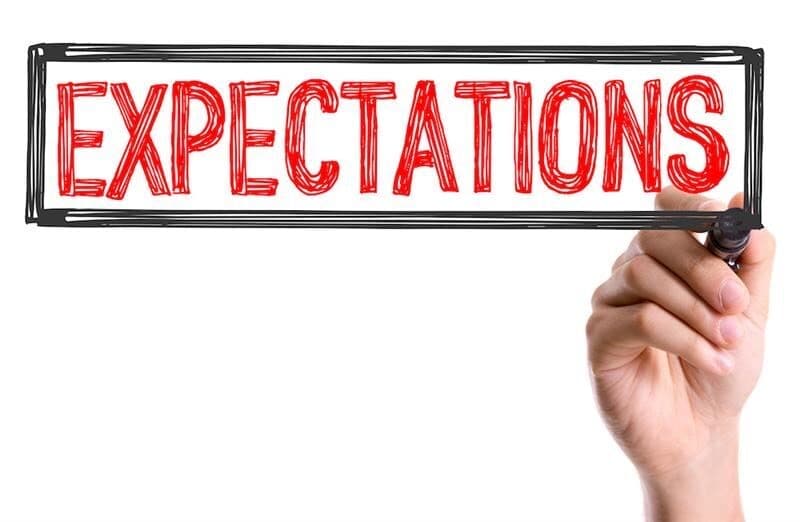We all have heard of work-life balance. But what exactly is it? In a nutshell, work-life balance refers to the prioritizing of personal and professional aspects of our lives. A balance in the work-life reduces’ employee burnout (which according to a Harvard Business Review – about 190 billion dollars per year is spent to address the psychological and physical effects of burnout). It increases productivity, creates a less stressed workforce, and better teamwork and communication which can influence the meeting of seasonal peaks in your business, boosting your competitiveness. Sounds great, right?
Generation Z is entering the workforce, and they are different from the previous generation(s).
Forbes says they “want to work on their own and be judged on their own merits rather than those of their team.” and therefore it is important to understand what organizations can do to accommodate the new generation of workers. Hence, we present to you some highly effective ways to improve the work-life balance of your organisation through our research.
Here are five (5) ways your organization can help with work-life balance:
- Ensure Expectations Are Clear
The current workforce has an underlying issue of employees not completely understanding what their role is in the organization and what is expected of them, according to Gallup’s State of the American Workforce Study, only six (6) out of ten (10) employees know what is expected of them. This generation intends to be extremely invested in their work, they would like to know that their time, efforts, and tasks completed have value to it and therefore organizations should make sure there is a clear understanding.
2. Provide personalized skills’ development training
The International Labour Organization (ILO) expressed that “all workers must be able to update their skills regularly, especially those facing the digital revolution”. By improving the skill set of employees they would better be able to perform in their job since they would now have a higher level of skills and knowledge. It also drives a feeling of value within employees resulting in increased employee motivation, innovation in strategies, and increased efficiencies in processes.
3. Diversify Skills
Organizations should not only encourage/ make room for employees to further their knowledge and skills but with a very curious generation entering the workforce they should give employees the opportunity to diversify their skills. Gen Z is more likely to explore new skills, and they also look for feedback along the way, 43% of Gen Z enjoy a self-directed learning approach, and 77% of them prefer having a millennial manager.
4. Adaptive work environment.
Generation Z is known as the very first fully digitalized generation, and they’re also the youngest generation in the workforce. However, according to Forbes 90% of Generation Z have reported the wanting of human interaction in the workplace along with team collaborations, it is therefore important for organizations to foster the four main types of workplace solutions as described below.
Concentration: Some employees complete tasks more efficiently when alone
Collaboration: Sharing skills & ideas for a common goal, usually done in departments
Socialization: Strengthens relationships & some employees are more productive here
Education: Continuous learning and Development
5. Flexible work time and location
Research conducted by MIT and the University of Minnesota brings to light new evidence that flexible working arrangements improve employee happiness. Flexibility is a clear solution to work-life balance, it not only gives employees the opportunity to meet personal needs, but it also allows employees to have control over their time schedule allowing them to work during hours that fit their energy cycle. Managers should focus on the completion of tasks instead of how many hours are spent in the workplace.
An imbalance in the work-life not only affects an individual’s mental and physical well-being but, also hinders an organization’s growth since employees would be less productive. Organizations need to be prepared to continuously adapt and improve the workplace, not only for their benefit but also because individuals are less likely to work where their potential would be hindered. We should always remember “Happy Employee, Successful Company.”



